With cases spiralling in rural districts, the pandemic could just about be felt like never before. We have a long haul
There is no denying that we are racing to be the next epicentre of the pandemic. What the series of early lockdowns did was to slow the virus down and give us enough time to ramp up our medical infrastructure and get a grip on disease management protocols. But it could not contain the pathogen’s infectivity or trajectory as it has ultimately trickled down the trellis of megacities, their hinterland and has found its way in the countryside. And now that lockdowns have been eased to grease the economy and restore its operability, it is coursing through with an all-consuming rage. If the super-spreader dhabas at Haryana’s Murthal are any indication, which reportedly infected around 10,000 people, then it isn’t difficult to understand why we are taking lesser and lesser days of doubling time and why we may overtake Brazil soon and the US in a month in terms of caseload. And these nations are nowhere as populous as us. Unlike the US and Brazil, India’s caseload is still accelerating seven months after our first Coronavirus case was reported on January 30. New infections are plateauing out in these two severely-hit countries even without restrictive protocols while they are spiralling here. Given the poor public health infrastructure in rural India, and the fatigue and strain that the existing one has been put through over the last few months, we could be standing at a tipping point of either reining the virus in or keeling over. The next month is our real test and would show if we can really flatten the curve. Testing, though increased much, continues to be a challenge, given our huge population and we are far behind Brazil in terms of the sample ratio covered. This is evidenced by the latest antibody studies in New Delhi and other cities, which show that the number of people who have signs of being infected is multiple times bigger than the official caseload. If this is true, then the extent of community spread is far bigger than what the official case tracker shows us. Worse, it would be difficult to assess how much testing is enough to map the trajectory of the disease. In fact, the Indian Council of Medical Research (ICMR) has issued a new advisory on testing strategy, allowing “testing on demand” for individuals rather than waiting for the doctor’s prescription. It also advised “testing on demand” for “all individuals undertaking travel to countries or Indian States mandating a negative Covid-19 test at the point of entry.” Worryingly, the current scenario could also put pressure on keeping mortality figures down as early detection and treatment may not be as efficacious in rural India and many fatalities could go unaccounted. We still have to rely on conventional testing, considering rapid antigen tests are throwing up too many false negatives and, therefore, cannot be relied upon at this critical juncture. But RT-PCR labs are currently located in big cities or district headquarters, so what does one do in smaller towns and villages?
Infrastructure and response protocols pose a big challenge in rural India and can no way be seen through the prism of urban preparedness. Even though the swamp has not happened yet, there are reports of dismal conditions at district hospitals. Compounding problems is the lack of trained medical personnel, response teams who can sense the signs and emergency equipment like pulse oximeters and chest X-Ray facilities. Then there is the issue of more at-risk patients, the indices not too encouraging among a population that doesn’t meet basic parameters of nutrition and physical well-being, particularly women and children. Of course, some of the rural areas are not as densely clotted as cities and business hubs are, which should make surveillance and tracking a key component in chasing the virus. In fact, the Dharavi model could well work here. Mumbai’s slum cluster showed how resource-deprived and under-served zones can fight the virus, too, provided there is community engagement and it is here that panchayats and self-help groups can be made aware and skilled to arrest the spread. In Dharavi, community volunteers fanned out among seven lakh people, tracking signs and symptoms and tracing contacts of the infected. They got in mobile testing vans, thus supplementing the work of overworked health centres and ran fever clinics to let people get themselves checked without fear. Volunteers checked people’s oxygen saturation levels and if they were below 95 per cent, rushed them to quarantine centres. Local clubs and schools were converted into quarantine facilities, leaving hospitals for the critically-ill. In short, they had a ground-up connected chain of warning and response system that saved lives. The bigger problem with the spread in rural India is that it could be a slow-burner and continue longer. And with people moving inter-State in the new normal, cities could look at a second wave from returnees. With the vaccine trials reporting a 50 per cent success rate till now, India could have to battle a winter of discontent.







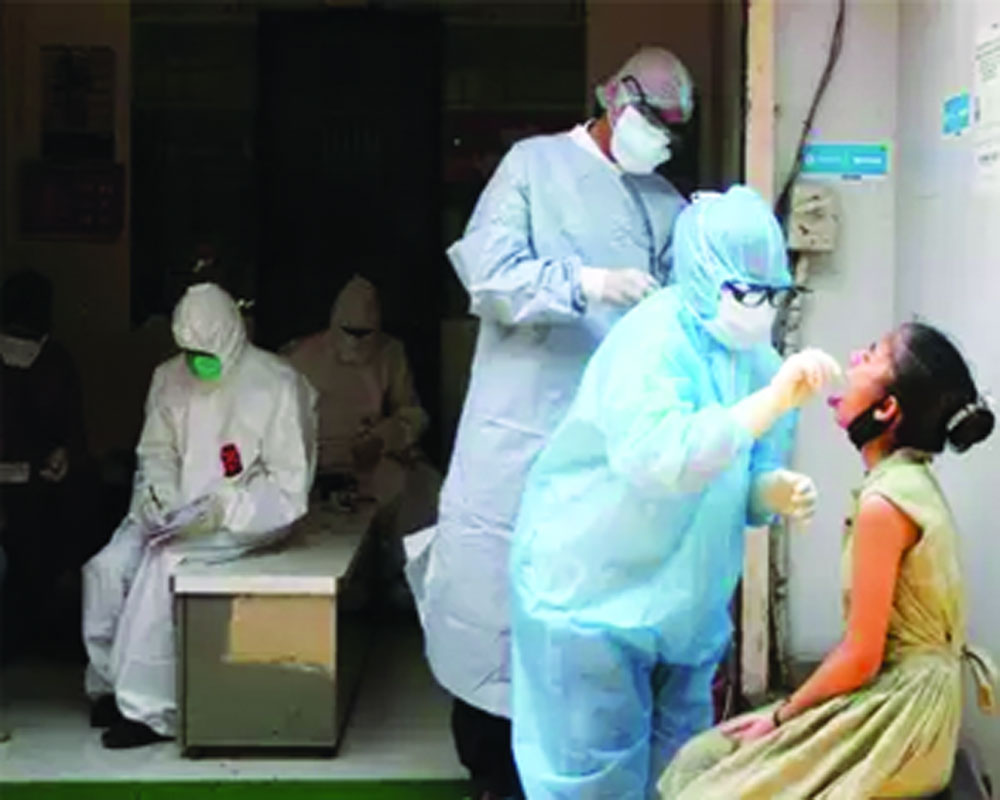
 OpinionExpress.In
OpinionExpress.In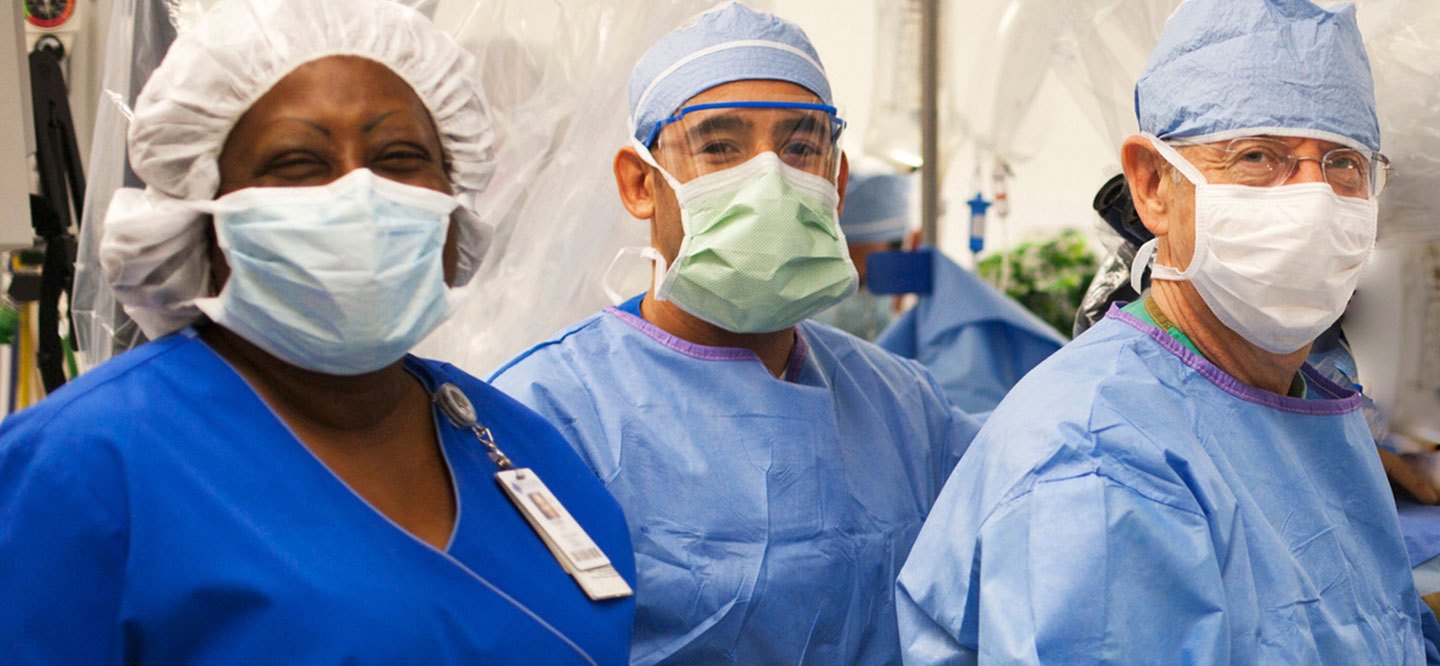



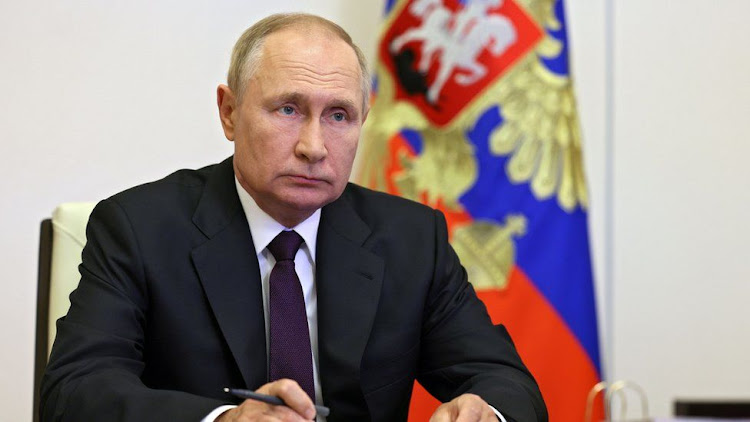


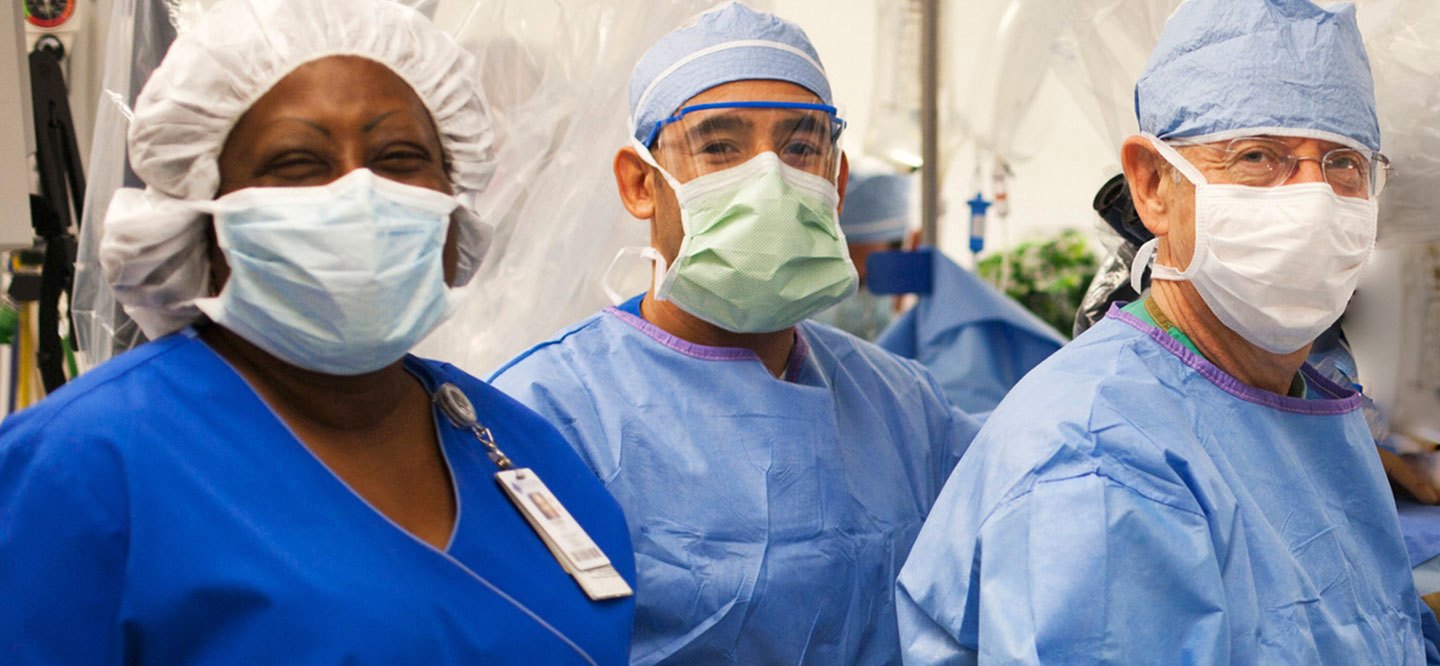
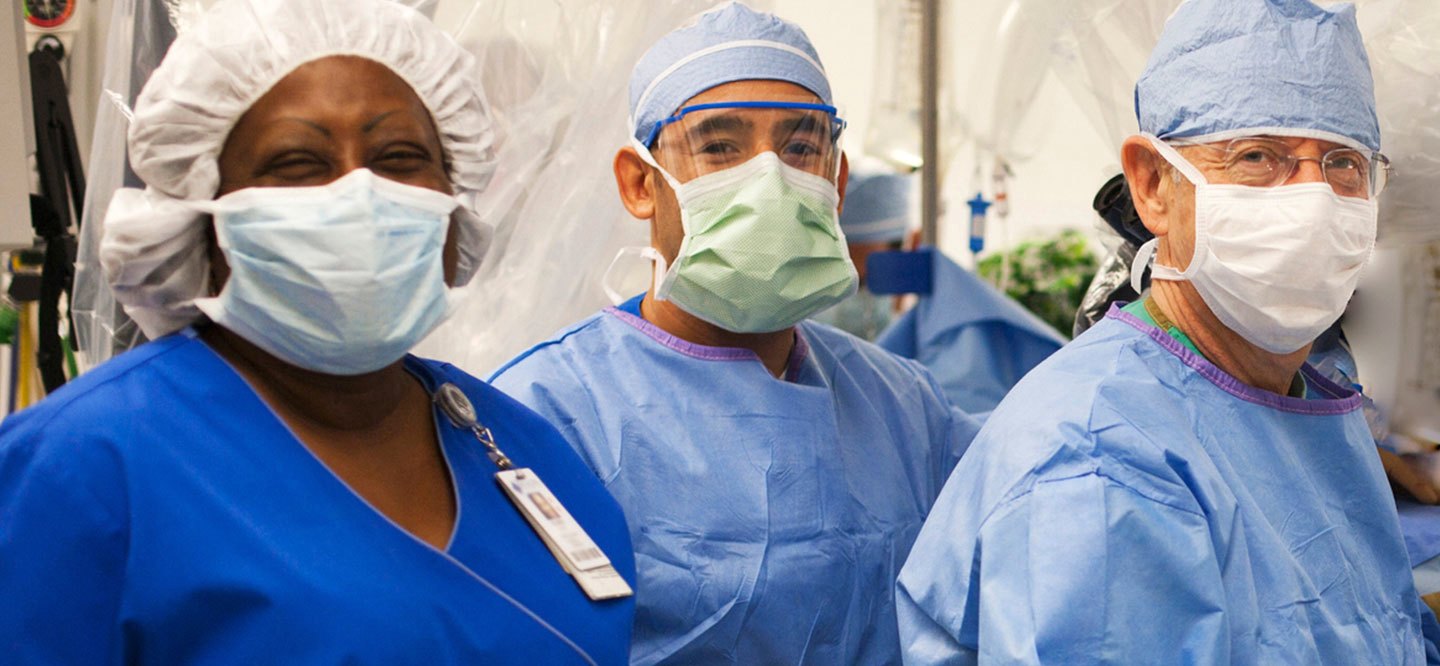







Comments (0)